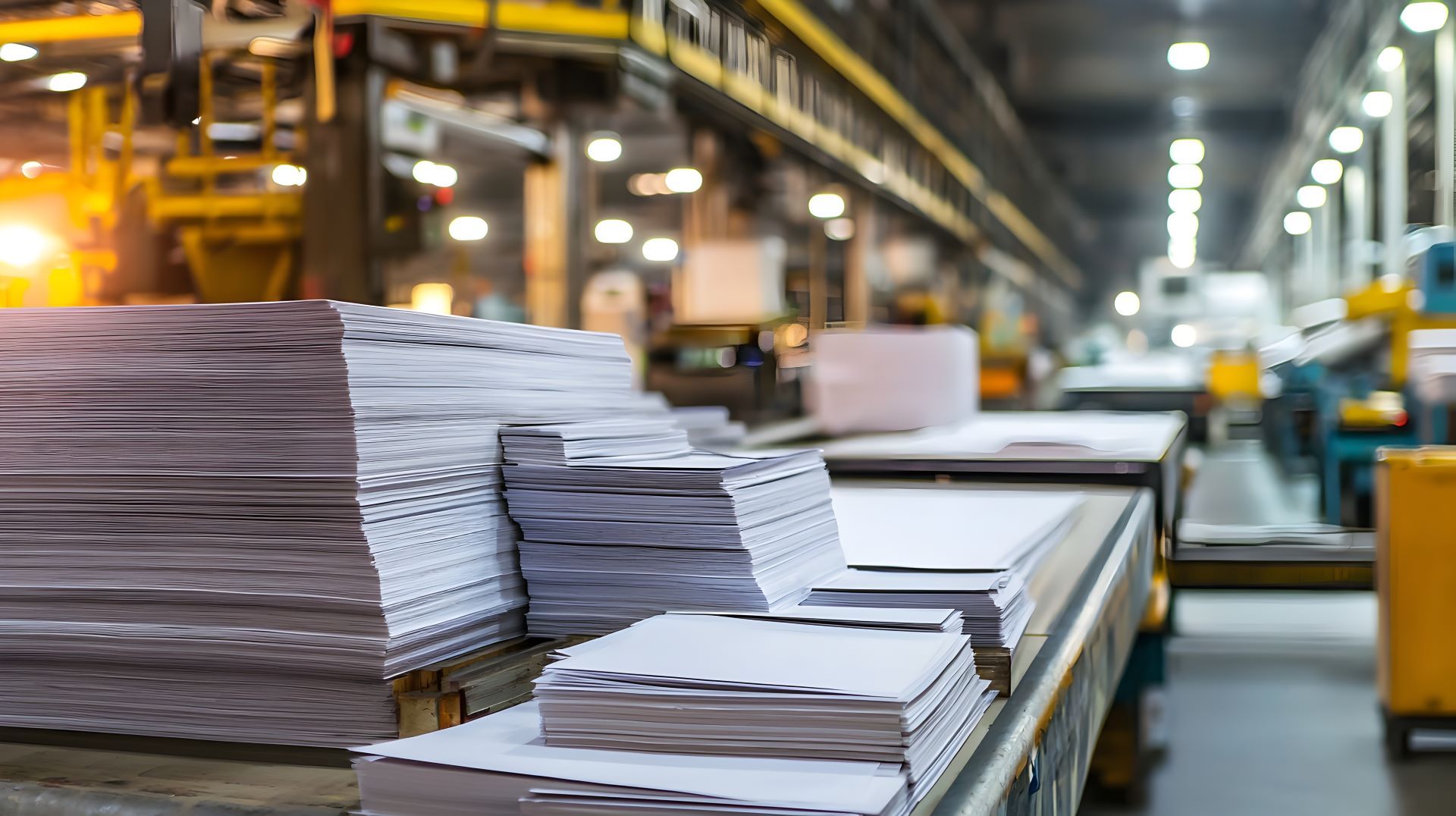Why Material Traceability Matters in Critical Food and Pharmaceutical Applications
In regulated industries like food processing and pharmaceutical manufacturing, traceability isn’t just a preference it’s a mandate. The ability to track materials from origin to end use plays a crucial role in product safety, regulatory compliance, and customer confidence. And when stainless steel is involved in contact surfaces or structural components, traceability becomes even more critical.
Action Stainless supports clients across both sectors by supplying stainless steel products that meet documentation and certification standards required by the FDA, USDA, and international quality programs. This article outlines why material traceability matters and how it contributes to long-term operational integrity.
What Is Material Traceability?
Material traceability refers to the documentation and identification of a material’s origin, chemical composition, processing history, and delivery path. For stainless steel products used in food and pharmaceutical environments, this typically includes:
- Mill test reports (MTRs)
- Heat numbers and batch tracking
- Material certifications (ASTM, ASME, EN, ISO, etc.)
- Full lot traceability for each product type
This process ensures that the stainless steel in tanks, tubing, valves, and contact surfaces meets hygiene and durability requirements while allowing accountability at every stage of the supply chain.
Traceability in Stainless Steel Products: What’s Documented?
Here’s what’s typically captured in traceability documentation:
| Traceability Element | Description |
|---|---|
| Heat Number | Unique identifier linking the material to its melt and chemical composition |
| Mill Test Report (MTR) | Document certifying mechanical properties, grade, and compliance |
| Material Grade | Verifies alloy type (e.g., 304, 316L) and applicable standards |
| Batch/Coil Number | Identifies product source and manufacturing lot |
| Certifications | Standards met (ASTM A240, EN 10204, FDA/USDA requirements, etc.) |
| Date of Manufacture | Assists in lifecycle tracking and expiration-sensitive installations |
Why Traceability Is Non-Negotiable in Food and Pharma
1. Ensures Regulatory Compliance
Both food and pharmaceutical industries operate under strict frameworks such as:
- FDA 21 CFR Part 11 (for pharmaceutical production)
- FSMA (Food Safety Modernization Act)
- EU GMP Annex 1 and 8
- 3-A Sanitary Standards
Using traceable stainless steel with documented origin and standards compliance helps facilities demonstrate due diligence during inspections and audits.
2. Reduces Risk in Contamination Events
If a failure occurs in a stainless steel part such as a corroded weld or compromised contact surface, traceability enables:
- Fast isolation of affected batches
- Identification of root cause (e.g., incorrect grade, improper finish)
- Proof that materials met spec before fabrication or installation
This capability is critical in preventing widespread recalls and avoiding shutdowns or FDA warning letters.
3. Supports GMP and Quality Programs
Good Manufacturing Practices (GMP) and Quality Management Systems (QMS) such as ISO 9001 or ISO 13485 demand full traceability of all materials used in critical production areas. Stainless components without the proper certificates can trigger non-conformance issues, delay validation, and jeopardize certifications.
4. Builds Confidence Across the Supply Chain
Whether you're a fabricator building process equipment or an OEM supplying turnkey systems, being able to provide traceable stainless steel with MTRs and certs:
- Elevates your credibility with buyers and regulators
- Simplifies validation during facility commissioning
- Prepares you for third-party audits and customer reviews
Trust is built when every elbow, flange, and sheet used in a production zone can be traced to a certified source.
Common Stainless Grades and Their Traceability in Food/Pharma
| Stainless Grade | Typical Use Cases | Importance of Traceability |
|---|---|---|
| 304/304L | Equipment frames, non-critical tubing, cabinets | Moderate |
| 316/316L | Contact surfaces, tanks, clean-in-place (CIP) systems | High |
| AL-6XN / 254SMO | Aggressive CIP, high-chloride environments | Very High |
| Duplex 2205 | Structural support in caustic washdown zones | High |
As alloy complexity increases, so does the need for verified traceability and performance validation.
How Action Stainless Supports Traceable Material Requirements
Action Stainless has extensive experience supporting food and pharmaceutical clients by providing:
- Stainless steel with full documentation and MTRs
- Heat number tracking across every stocked product
- Certifications for FDA, 3-A, and ASTM standards
- Reliable documentation for audits, reviews, and validation
Whether you're sourcing 316L sheet for a cleanroom wall or sanitary tubing for a liquid fill line, you can count on receiving materials that meet the strictest standards for origin, composition, and cleanliness.
What Happens Without Traceability?
Operating without traceable materials can lead to serious consequences:
- Regulatory penalties during FDA or USDA inspections
- Product recalls due to undetected material failures
- Project delays during commissioning or validation
- Customer dissatisfaction from quality control failures
In high-risk industries, undocumented materials can jeopardize more than product—it can damage your brand, delay time-to-market, and impact public health outcomes.
Stainless Surface Finish and Certification Go Hand in Hand
Many buyers overlook that material traceability isn’t just about grade or thickness, it also includes surface finish. A mill finish may not meet the Ra < 20 µin requirement for food-contact surfaces. With full traceability, finishes like 2B, BA, or electropolished can be verified for compliance.
Surface roughness, pickling, passivation, and other secondary processing steps also need to be traceable to vendors or batch documentation. Action Stainless works with fabricators and processors to ensure proper finish documentation is available for these requirements.
Conclusion
Traceability is not an afterthought it’s foundational to the safe, compliant, and efficient use of stainless steel in food and pharmaceutical production. The ability to certify every coil, sheet, pipe, or tube helps ensure long-term safety, simplifies audits, and minimizes costly downtime or remediation.
By partnering with a supplier who prioritizes traceability, you gain more than material, you gain peace of mind, improved audit readiness, and trust throughout the supply chain.
Action Stainless
is ready to support your next project with certified stainless steel, complete documentation, and the service experience to meet the demands of highly regulated environments.






